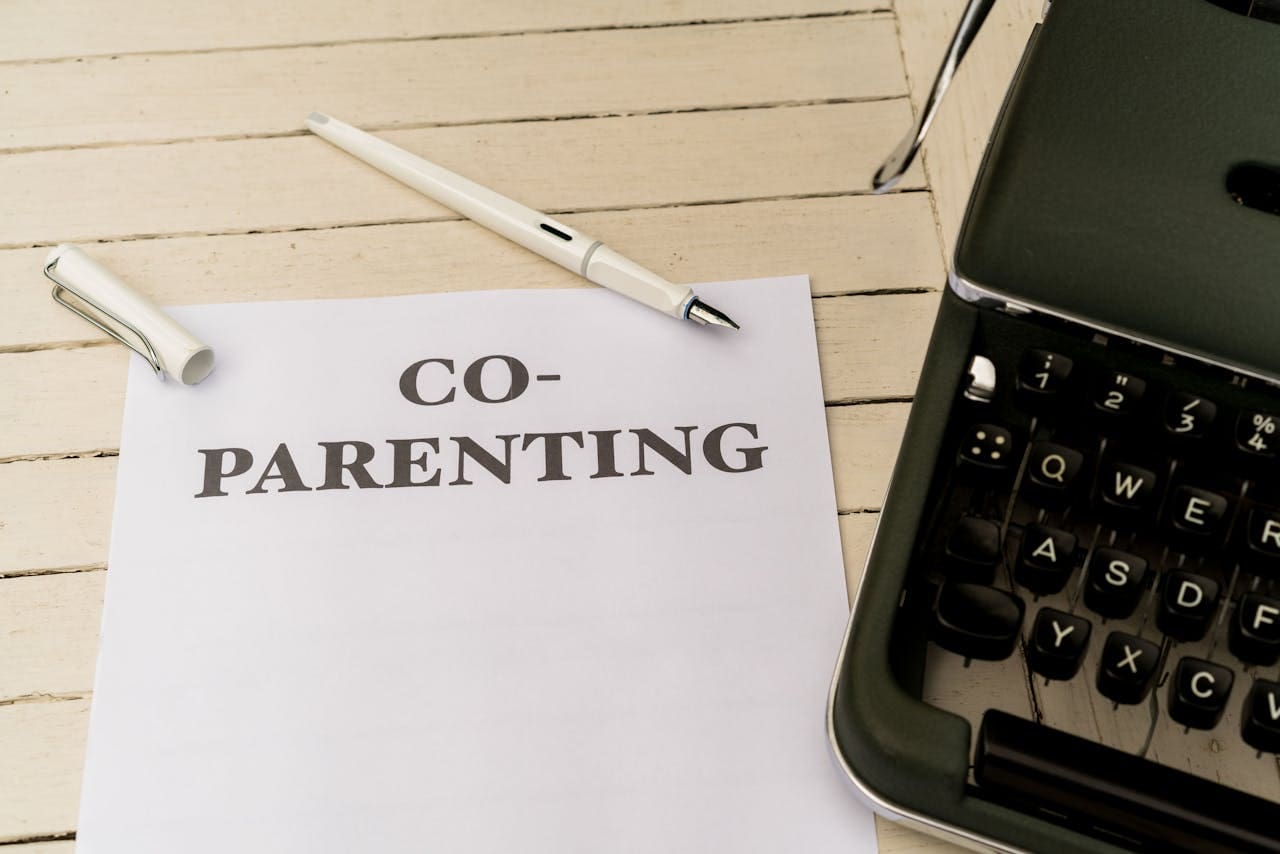Understanding and Helping Kids with Big Emotions and Impulsive Reactions
Do you sometimes feel like you’re navigating a minefield with your child? One minute they’re fine, the next they’re overwhelmed by big emotions, leading to meltdowns, impulsive actions, and reactions that seem out of proportion to the situation? Yes? You’re not alone. Many parents grapple with children who seem to have difficulty regulating their emotions and controlling their impulses. This isn’t about willful misbehavior; often, it’s a sign of what we call emotional dysregulation.
Understanding emotional dysregulation and learning effective strategies can make a world of difference for both you and your child. It’s about equipping them with the skills they need to navigate their feelings and reactions in a healthier way.
What is Emotional Dysregulation?
Imagine a car with a very sensitive gas pedal and weak brakes. That’s a bit like emotional dysregulation. It refers to a difficulty in controlling the intensity and duration of an emotional response. For kids experiencing this, even small triggers can lead to big reactions that are hard to stop. They might struggle to calm down once upset, have intense tantrums, or act impulsively without thinking through the consequences.
It’s important to remember that this isn’t usually a conscious choice on your child’s part. Their brains, particularly the prefrontal cortex which is responsible for executive functions like emotional control and planning, are still developing.
Why Do Some Kids Struggle with Emotional Regulation?
Several factors can contribute to emotional dysregulation in children:
- Brain Development: As mentioned, the parts of the brain responsible for regulation are still maturing, especially during childhood and adolescence.
- Temperament: Some children are naturally more sensitive and reactive than others.
- Environmental Factors: Stressful home environments, inconsistent parenting, or exposure to trauma can impact a child’s ability to regulate their emotions.
- Underlying Conditions: Sometimes, emotional dysregulation can be a symptom of conditions like ADHD, anxiety disorders, or sensory processing issues.
5 Practical Strategies to Help Your Child Develop Emotional Regulation Skills
Helping your child learn to manage their emotions is a journey, not a quick fix. Consistency and patience are key. Here are some strategies you can start implementing today:
- Stay Calm and Regulate Yourself First: This is the foundation. When your child is escalated, your own reaction can either de-escalate or further fuel the situation. Practice taking deep breaths and staying grounded before you respond. Your calm presence can be incredibly co-regulating for your child.
- Validate Their Feelings (Without Validating the Behavior): Let your child know that their feelings are real, even if their reaction isn’t appropriate. Say things like, “I can see you’re really frustrated right now,” or “It makes sense that you’re feeling angry.” This helps them feel understood and heard, which can reduce the intensity of their emotions.
- Teach and Practice Coping Skills Proactively: Don’t wait for a meltdown to teach coping skills. When your child is calm, practice simple techniques like deep breathing, counting, naming their feelings, or drawing how they feel. Make it a regular part of your routine, like brushing teeth.
- Focus on Logical Consequences, Not Just Punishment: Instead of simply punishing impulsive or reactive behavior, try to implement logical consequences that are related to the action. For example, if they throw a toy in anger, the consequence might be taking a break from that toy for a while. This helps them connect their actions with the outcomes.
- Model Healthy Emotional Expression and Regulation: Your child is always watching and learning from you. Talk about your own feelings in a healthy way (“I’m feeling a little stressed about work, so I’m going to take a few deep breaths”). Show them how you manage your own frustrations and disappointments.
When to Seek Professional Support
While these strategies can be incredibly helpful, some children need more intensive support to develop emotional regulation skills. Consider seeking professional help from a therapist if you notice:
- Frequent and intense meltdowns that are difficult to manage.
- Self-harming behaviors or aggression towards others during emotional outbursts.
- Significant impact on their ability to function at school or in social situations.
- Persistent difficulty calming down, even after your attempts to help.
- You feel consistently overwhelmed or helpless in managing your child’s emotions.
A child therapist can work with your child to teach them specific skills, help them understand their emotions, and develop healthier coping mechanisms. They can also provide guidance and support for parents navigating these challenges.
Finding Support for Your Child’s Big Emotions in Richmond, TX
You don’t have to navigate the challenges of emotional dysregulation alone. At Webwell Group in Richmond, TX, our compassionate and experienced therapists are dedicated to helping children and families develop the skills needed to manage big emotions and build stronger connections.
Contact our office in Richmond, TX, to schedule a confidential appointment to learn more about how our counseling services can provide the support and guidance you need. We also offer virtual therapy with our licensed professionals.

Webwell Group provides accessible, high-quality mental health and wellness services that empower individuals to live fulfilling lives. We are committed to fostering a supportive and collaborative environment for our clients, staff, and clinicians, utilizing evidence-based practices and innovative approaches to address the diverse needs of our communities.




